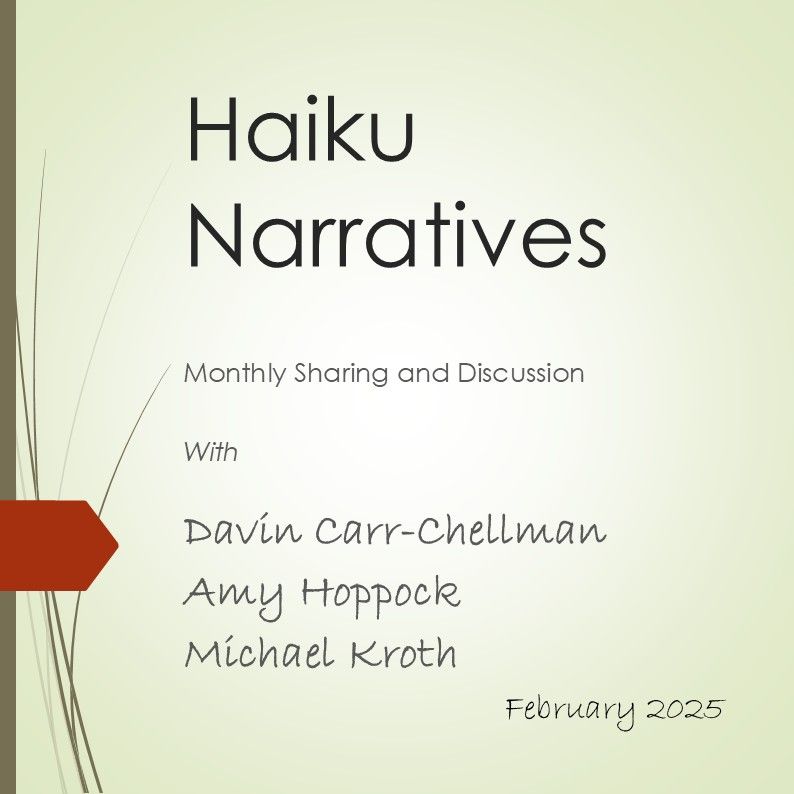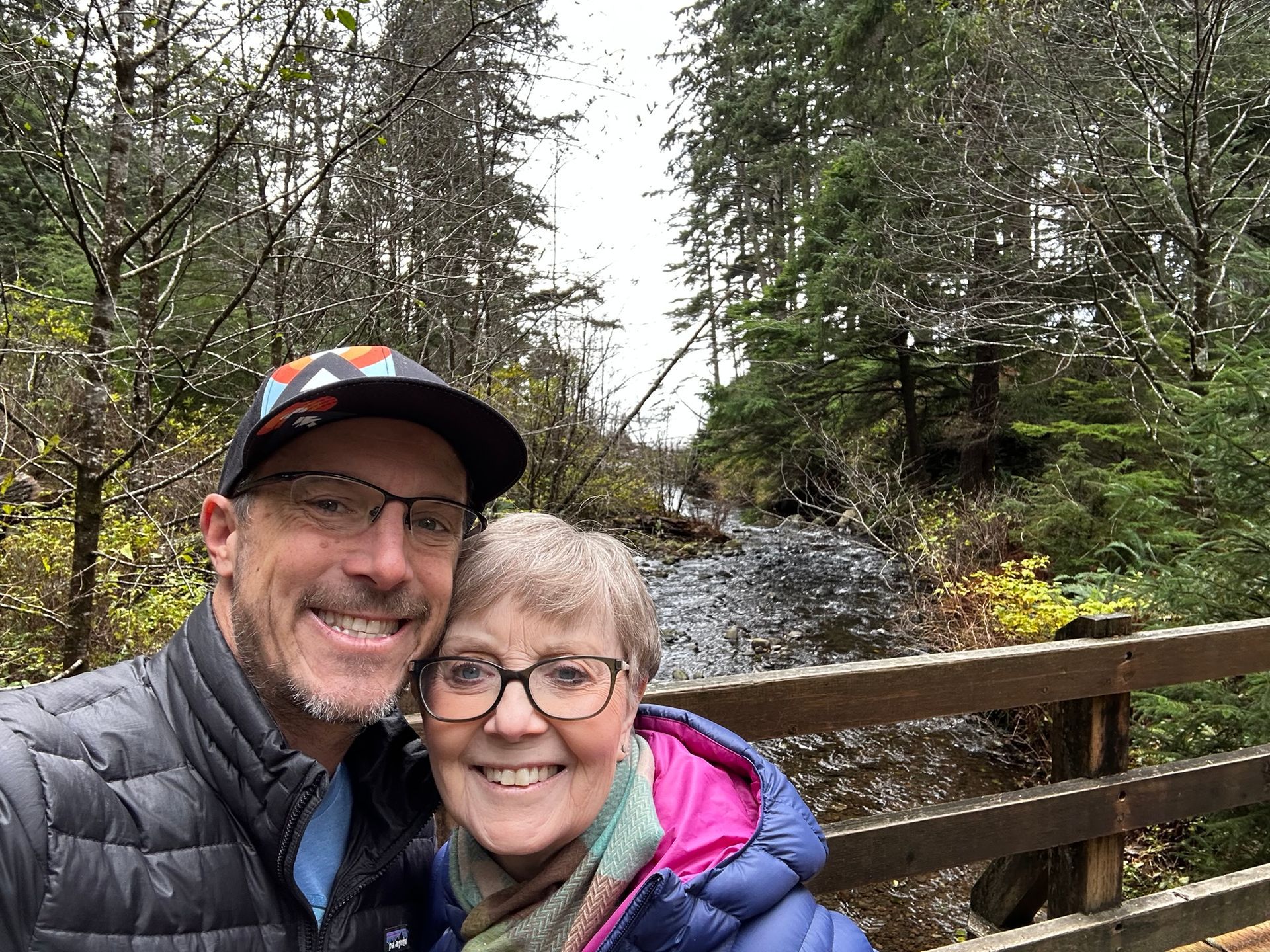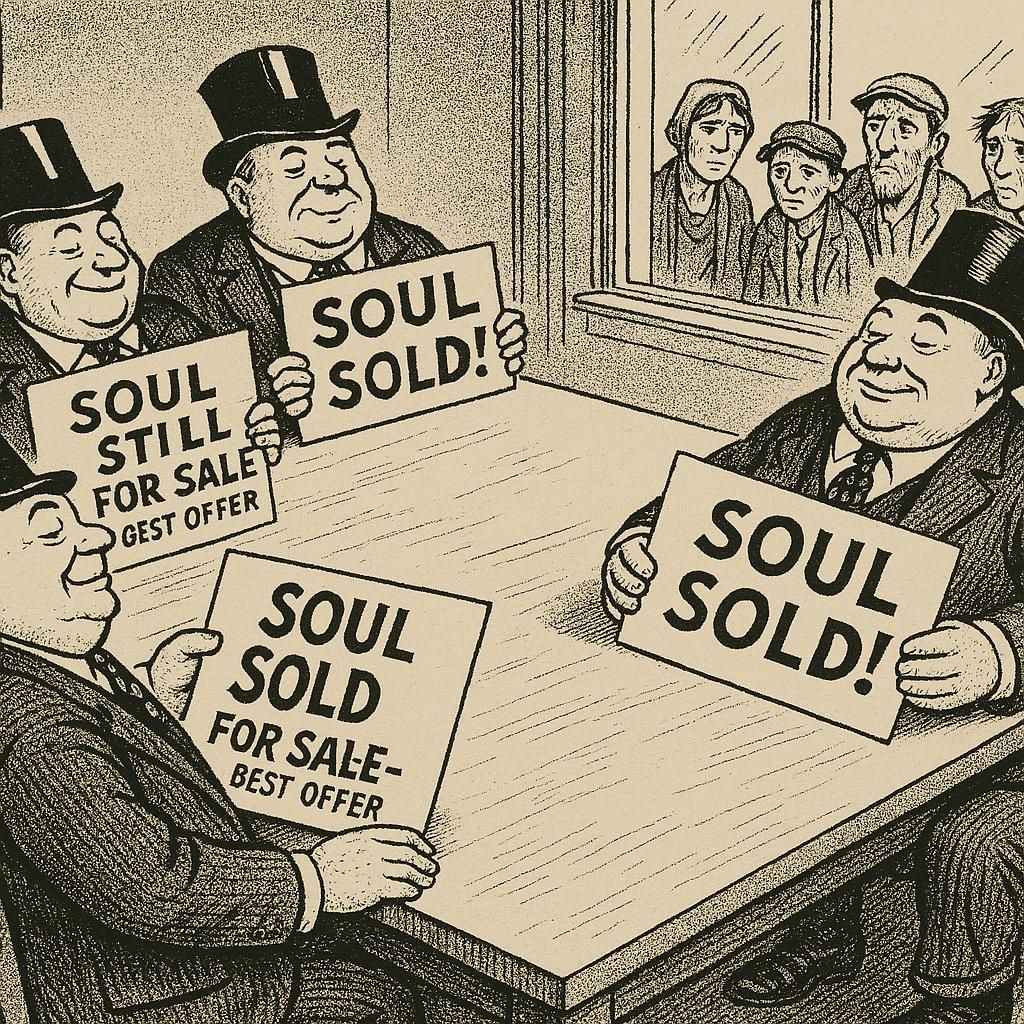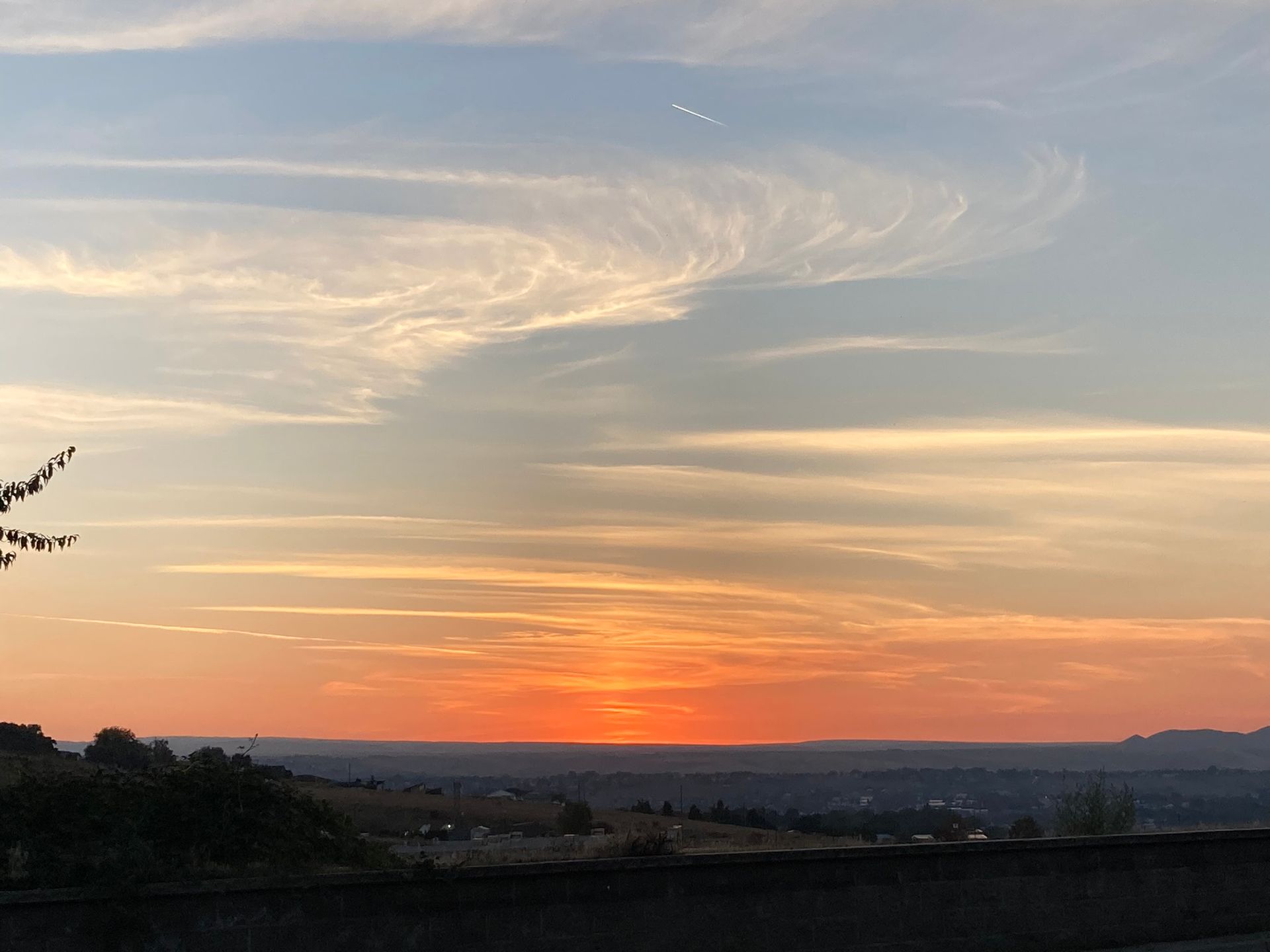Thoughts on Profundity and Profound Photographs
Part of the Profound Pictures Series
Introducing Vinji
Introducing Vinji
by Michael Kroth
Today is our second Profound Photos, Profound Pictures contribution, this by Vinji. Vinji, also known as Vincent J. Fortunato, has been a great friend of mine for several years now. I have spent many hours with him, most often at our weekly coffee-or-beer klatch, when I have learned from him a good deal of what I know about Zen and non-dual thinking and we have had many discussions comparing, contrasting, and giving it our best go at synthesizing ideas of religion and spirituality. It has been enlightening, so to speak.
When I found out he was also a photographer, and had been for many years, and saw his work I was impressed (check out his website at www.vinji.org
for some more examples). He offered to take the pictures you see of me sleeping at the end of my essays and we have had fun doing that. Here is his first contribution to our Profound Photos, Profound Pictures series, which will feature images that the artist finds to be profound. As you will see from Vinji's discussion below, that may not be as easy as it sounds.
Thoughts on Profundity and Profound Photographs
by Vinji
I was recently asked by Michael Kroth, my good friend, spiritual
brother, and the host of this website, if I’d be interested in participating in
his new Profound Photo’s page. As a photography enthusiast and as his friend, I
immediately agreed.
However, I began to reflect about what it meant for something to be profound and what might be the characteristics of a profound photograph.
The problem that came up for me is that the idea of something being profound had many layers. The first layer that I explored was the notion that for something to be profound, there must be a person, an individual, an entity, a ‘me’ that evaluates, in some fashion, an object or idea of perception. This is the perspective in which most people approach life. The implicit assumption is that there is a ‘me’ who thinks, feels, perceives, and forms judgments about the world of ideas and object.
However, this is an illusion of the mind itself, a discussion of which is beyond the scope of this post. (For those interested, please visit my website at www.vinji.org.)
And having seen though the illusion, approaching profundity from this approach is unsatisfactory.
The second layer that I explored is similar to the first. From this perspective, for something to be profound, it must evoke a feeling of some sort, usually one that is felt deeply, positively, and perhaps wholeheartedly. However, this perspective too is problematic insofar as it requires a sense of an individual or ‘me’ having an experience, albeit a highly emotional or stirring one. However, this perspective seems more apropos than the first one.
The third layer that I explored is the one that resonates the best, because it is the one based on having dropped the illusion of self and other, of subject and object, of the ‘me.’ From this perspective, the idea of profundity doesn’t make any sense at all, because one’s entire existence, including all sensations, perceptions, feelings, and thoughts is profound. And what that means is that profundity itself cannot be experienced: you, life, are already profound because who you are includes everything and everyone that is perceived and experienced, no matter how painful or pleasurable, no matter how beautiful or ugly, no matter how mundane or exhilarating.
So, on the one hand, nothing can be described as, pointed to, or captured visually as being profound because there is no one to experience profundity. On the other hand, everything can be described as, pointed to, or captured as being profound because you are all things!
So, I’m left with one of two perspectives to take, neither of which is satisfactory. The first is to forgo the exercise entirely because I do not want to feed the illusion that there is a ‘me’ that finds anything profound. Likewise, I do not want contribute to solidifying your own illusion that there is a ‘me’ that is able to experience profundity. The second is that I am free to photograph anything I want because no matter what I photograph, it is, by its very nature of being part of this experience, right here, right now, profound.
The problem is that if I photograph nothing, then I cannot contribute. But if I’m free to photograph anything and everything, does it really contribute in any way? Moreover, this freedom to photograph anything, although liberating, does not mean that the photograph can be of low quality.
As a photographer, composition, lighting, and perhaps evoking a feeling on the part of the viewer are all important factors that must still be considered.
Thus, the solution, I think, is not to avoid the exercise nor to promiscuously photograph anything; but rather, to drop the idea of profundity all together and to merely share photographs that I feel are composed well and invoke a feeling, whether of awe, humor, joy, sadness, disgust, or anger. This perspective, too, leaves the exercise open in its approach. Who knows what images I might submit.
We will see.











